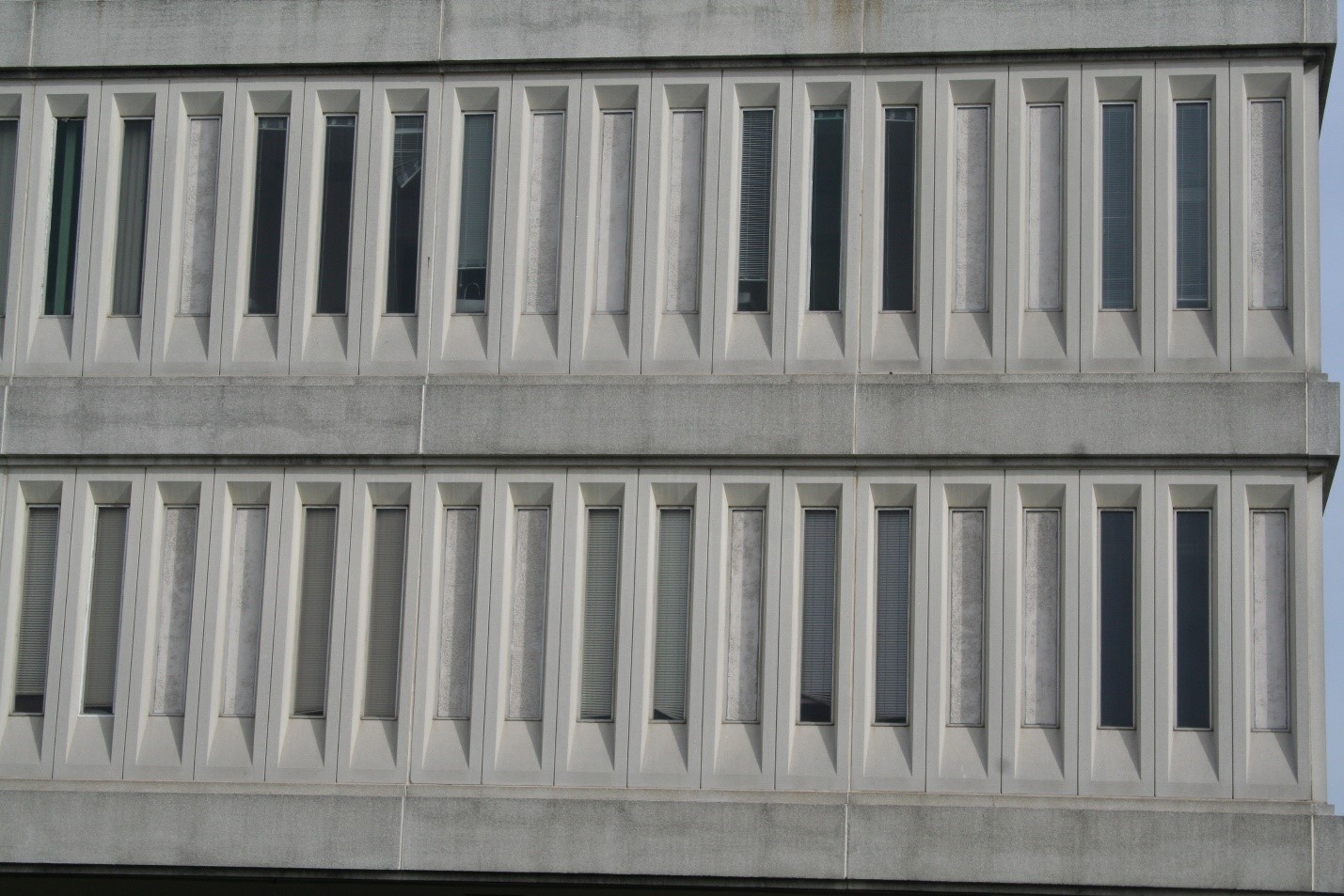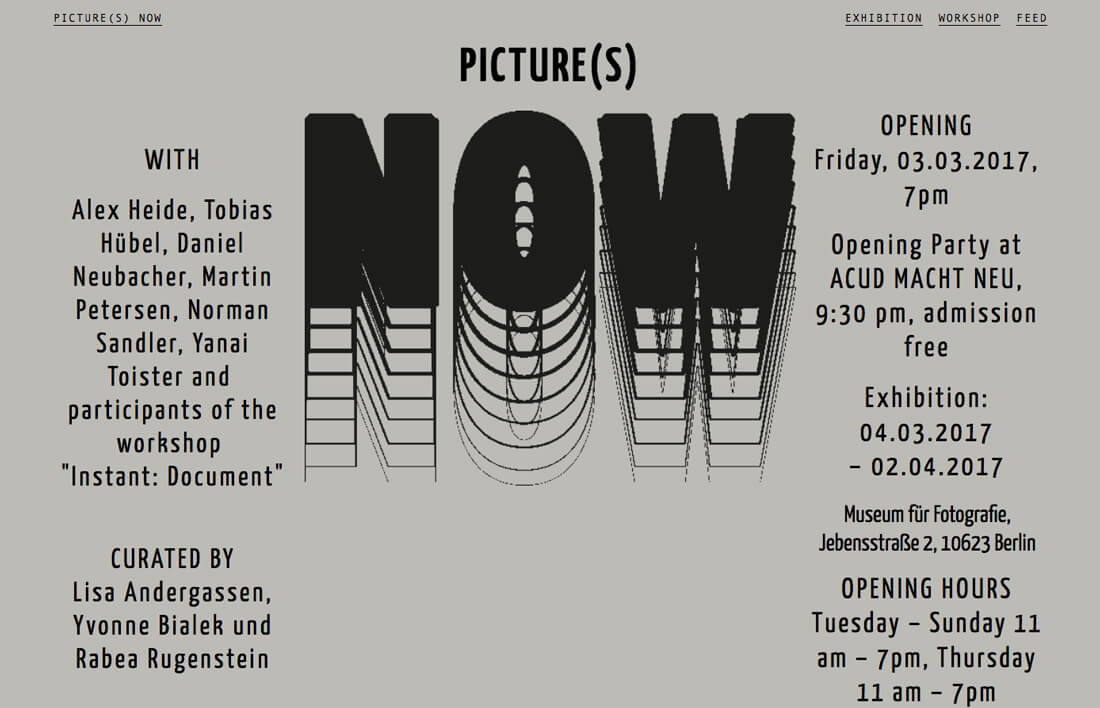Table Of Content

Today, Brutalist design is getting reinterpreted in sleeker, grander ways by architects such as Tadao Ando, the Japanese Pritzker Prize winner who has designed residences for the likes of Beyoncé and Jay-Z and Kim Kardashian. The midcentury style emphasizes functionality, honesty, and natural materials. The world has been divided into those who think Brutalist buildings are eyesores that should be demolished and those who find these vintage but not yet historic buildings architectural masterpieces to be cherished and preserved. Brutalist architectural design was born in the 1950s, spreading throughout Europe, the Soviet Union, the United States, and the rest of the world. In more recent years, a new appreciation for brutalism has emerged, and design experts suggest that in today's digital world, brutalism's graphic, angular nature plays well with social media, which tends to favor striking visuals.
What is brutalist interior design? An expert guide to this distinctive look
Completed in 1968 and designed by Michael McKinnell and Gerhard Kallmann, Boston City Hall is one of the most recognizable Brutalist buildings in the United States. The building’s raw concrete exterior and stark, minimalist design has made it both beloved and reviled over the years. “The Brutalist style gained popularity during the mid-2010s, as seen in the many industrial and loftlike designs that brought in concrete countertops, minimalist furniture styles, and monochromatic colors,” says Drew Henry of Design Dudes. "Sanctuaries assumed primordial cavern-like forms, reflecting the inherent qualities of earth and stone, while industrial and military architectural influences transformed church interiors into bunker-like shelters." "While traditional churches evoke a sense of familiarity and reverence through their classic designs, brutalist and modernist churches challenge these norms with their bold, austere and provocative aesthetic," he said. With 139 photographs of 100 churches, McGregor Smith created the book to showcase the sculptural and unique forms of some of the churches built in the post-war period in countries including Italy, Germany, Austria, Poland and the UK.
The Origins of Brutalism
Concrete can be cast in bold shapes or left unfinished, contrasting with wood, brass accents, and neutral tones in interiors. Secondly, new waterproofing technologies allow concrete exteriors to withstand weathering better, making maintenance easier. Architects can create patterned, precast concrete panels or build striking in situ facades. Thirdly, brutalism’s modular construction translates well to prefabrication.
Top architecture stories
Culturally and economically speaking, nations around the world—from Europe to South America—were looking to rebuild after the war. Steel was expensive to import at that time, so builders turned to affordable concrete. As such, brutalism's etymology comes from the French word meaning "of concrete," or béton brut.
Taichung City, Taiwan
Trellick Tower’s 1970s architectural design provides a distinctive and memorable profile, with its left-hand service tower, which includes a lift shaft, connected to the center block on the right by sky bridges. The exposed concrete tower produces a geometric grid of vertical and horizontal lines, which is complemented by the sky bridges’ lines and the utility structure’s soaring verticals. As critic Tim Winstanley put it, “the strong profile dominates the local skyline, suggesting the pure silhouette of a feudal fortress”.
They are torn down or changed a lot because people don't like how they look. The ongoing debate around Brutalist preservation exemplifies modern society's complex relationship with these imposing concrete edifices. The “tower of horror,” as it was known, emphasized the social concerns connected with Brutalist tower blocks, since the public saw its rugged exteriors as reflecting disadvantaged socioeconomic demographics. These uniform complexes were dubbed “Panelki” in Russia since they were made up of prefabricated concrete panels; nonetheless, they became notorious for their substandard and often never completed amenities.

Boston City Hall
While brutalism is most popular on the web these days, many of the stylistic features like monochromatism and raw text are amenable to any design context, from posters to book covers. The more important consideration is audience and tone—in other words, the types of projects and brands for which brutalism will be a match. Similarly, web designers can expand on the original incarnation of brutalism, using animation to accentuate digital brutalist features or taking advantage of the lack of true borders on the web to create designs that go off the edge.
In Beyond the Horizon the identical sculptures symbolized the “hardware” in the car interface, while the thousand-plus year-old Echizen washi paper suggested the “software” element which would ever-evolve to offer unique in-car experiences tailored to the individual. For the week, Milan simply buzzed with design activity—the vibrant districts of Brera, Tortona and beyond hosting pop-up installations and exhibits, talks and discussions, and with parties flowing into the night. Brands put out their very best show, but mainly Milan Design Week is about the sharing of ideas, and speculating how design can help better shape our lives. This website is using a security service to protect itself from online attacks.
There are many who consider it an ugly building, while others applaud it as a fine example of American architecture. The building was intended to make a statement about modern civic democracy and the building is split into different levels defined by function. The lower levels are often accessed by the public, while the intermediary levels house public officials. The large protrusions on the building at these levels are intended to create a connection between the government and the city. The main library at the University of California, San Diego, the Geisel Library is so iconic that it features in the school's logo.
roberto conte and stefano perego capture brutalism across italy - Designboom
roberto conte and stefano perego capture brutalism across italy.
Posted: Wed, 06 Sep 2023 07:00:00 GMT [source]
This is because cities were struggling to deal with the need for quick and efficient housing. Since housing is such a complex problem, tensions were high as housing projects struggled with maintenance issues, crime, and other problems. Brutalism came to symbolize urban decay and economic hardships that were out in the open for the world to see. Raw concrete made the perfect canvas for graffiti artists, whose vandalism only contributed to the decline of these structures.
The look is most commonly manifested in lighting and wall sculptures, but you can find a variety of vintage and contemporary consoles, sideboards, and armoires that exhibit characteristics of brutalism. Cast concrete furniture is another raw yet sophisticated way to bring this look into your own space. "It is a diverse material which can be shaped and molded into intricate designs which is why it is so popular today," explains Helen White, product designer and founder of House Of. As an artistic movement, brutalism formed as a response to early 20th-century modernism. Overall, the modernized brutalist style is a versatile design approach that can be adapted to a wide range of design fields. It is often characterized by a raw and industrial aesthetic that is balanced with organic forms and natural materials.
Because of these characteristics, architectural critics coined the term “New Brutalism” to describe the structure for the first time. Many critics believe this residential complex of modular units, erected on gigantic concrete pylons, to be the beginning of Brutalism. The coarse textures of its surface provide a sense of vibrancy and vitality, while the traces left by the moldings emphasize the production process. With this tower, Le Corbusier invented the vertical garden city notion, which included all of the amenities a person may require within the building itself.
Brutalism grew out of the 1950s postwar era and was commonly used during the European reconstruction. This style also popped up on newly expanding American university campuses during the 1960s. "Perhaps the UK's finest example of modernist sacred architecture, Ronald Weeks has created an extraordinarily rich atmosphere in the Cathedral Church of Saints Peter and Paul, choosing form over liturgical function.
It’s no big surprise that she likes to put what she writes about into practice, and is a serial house renovator. Brutalist interior design could prove a favorite with those drawn to the timeless interior design style of minimalism. Today, while some brutalist structures face the threat of demolition, others have been repurposed or preserved as iconic landmarks; indicating a renewed interest in Brutalism's unique place within architectural history. Brutalist architecture, often maligned for its austere and monolithic presentation, encountered criticism for being too cold and dehumanizing. Despite this early backlash, the architectural style gained immense popularity from the 1950s through to the late 1970s due to its cost-effective simplicity and distinctive aesthetic. Before he died in 1976, some people started to strongly dislike Brutalist buildings.
Brutalist interior design is the name given to the style that followed from brutalist architecture. It’s informed by characteristics of the architecture, including its use of raw concrete and other textural materials like bare brick and metal, and its simple forms. Translated into the elements of interiors these features are typical of what is called brutalist interior design. Brutalist design originated in the mid-20th century, inspired by the architectural ideas of Le Corbusier and popularized by British architects Alison and Peter Smithson. The term “Brutalism” derives from “béton brut,” emphasizing the use of raw concrete as the primary material. This architectural style, prevalent in the 1950s to 1970s, prioritizes functionality and honest expression of materials, featuring bold, geometric forms and minimal ornamentation.

No comments:
Post a Comment